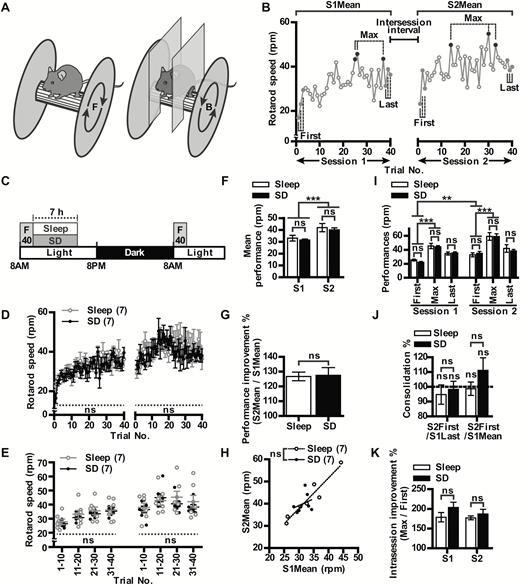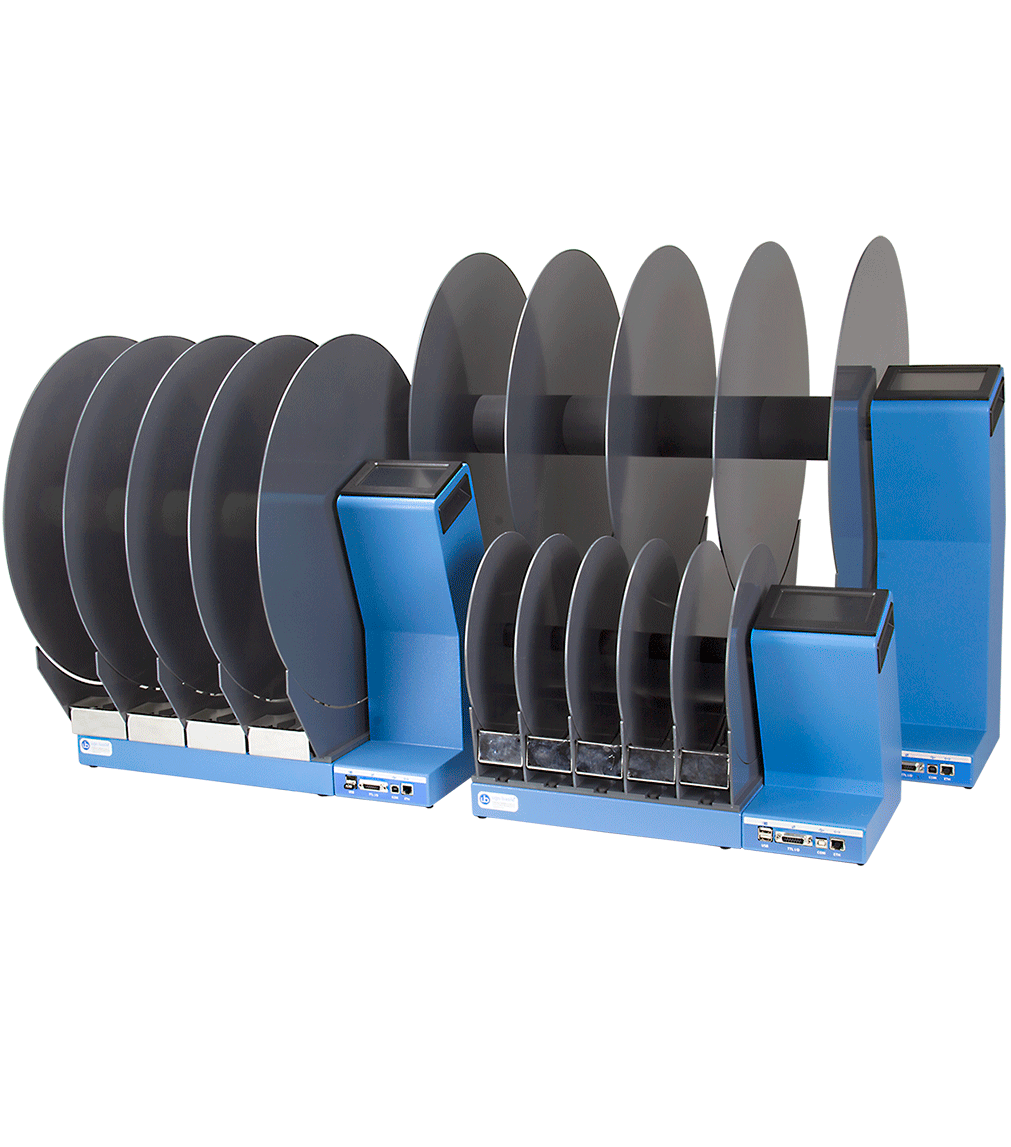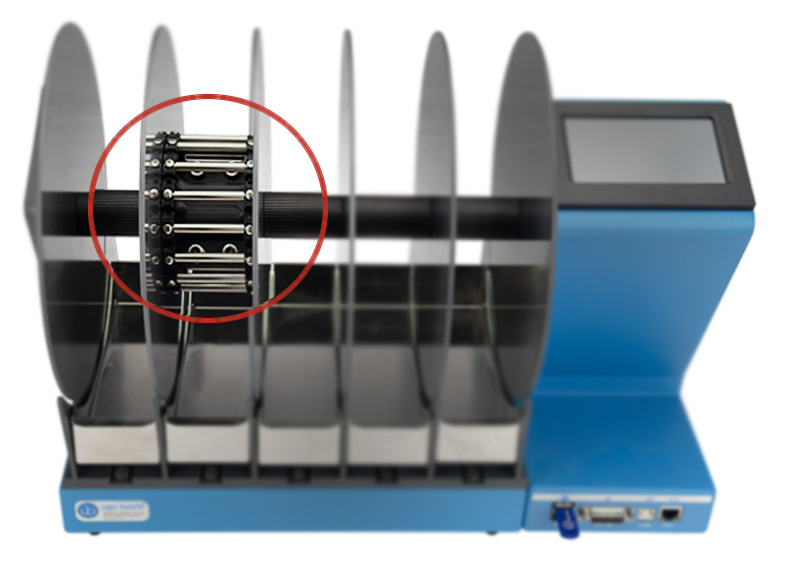Easy connection to Ugo Basile Rotarod
The Complex Wheel for a mouse or rat RotaRod by Ugo Basile introduces additional complexity to the testing environment, increasing engagement of brain regions such as the motor cortex and hippocampus which are involved in motor coordination, learning, and spatial memory. This can provide researchers with a more comprehensive understanding of the neural mechanisms underlying motor function and cognition.
The easy-to-attach addition changes the walking surface so it is no longer uniform. The rodents instead walk on a number of horizontal bars (rungs) that can be changed in number and positioned in a symmetrical or uneven position to vary the test complexity.
Complex Wheels Reveals Sleep Deprivation Effects on Motor Coordination
A study published in Sleep Journal investigated the impact of sleep deprivation on motor coordination using two methods: the standard RotaRod task and an enhanced version incorporating Complex Wheels.
The study showed that the Rotarod with the Complex Wheel showed increased sensitivity in detecting motor learning deficits due to sleep deprivation.
Sleep Consolidates Motor Learning of Complex Movement Sequences in Mice, Hirotaka Nagai et al

Adds Extra Range of Applications
This versatile combination serves a wide array of research areas including:
-
- Modelling Real-World Challenges: The asymmetrical and adjustable rungs of the complex wheel can mimic the uneven terrain that animals encounter in their natural environment. By introducing these real-world challenges into the testing paradigm, researchers can better assess the animals’ adaptive motor skills and their ability to navigate complex environments.
- Evaluation of Therapeutic Interventions: The complex wheel add-on can be valuable for evaluating the efficacy of therapeutic interventions targeting motor function and cognitive abilities. Researchers can use this setup to assess the effects of drugs, genetic manipulations, or behavioral interventions on the animals’ performance, providing insights into potential treatments for neurological disorders or cognitive impairments.
- Behavioral Phenotyping: The complex wheel test can be incorporated into the behavioral phenotyping of genetically modified or disease models. By subjecting these animals to the challenging task, researchers can characterize their motor and cognitive phenotypes more comprehensively, helping to elucidate the underlying mechanisms of the observed behavioral abnormalities.
- Study of Age-Related Changes: The complex wheel can also be utilized to investigate age-related changes in motor coordination and cognitive function. Aging animals may exhibit declines in these abilities, and the complex wheel test can provide a more sensitive measure of these changes compared to traditional rotarod testing.
Rotarod
The Ugo Basile advanced RotaRod model is a reliable, highly-cited tool for assessing motor coordination in mice and rats. It offers an incredible range of speeds from as slow as 3 RPM or as high as 80 RPM. Its rod can rotate at constant, accelerating, rocking (back and forth) or through complex acceleration/deceleration ramps.
The easy-to-use device has touchscreen controls, advanced software, and can record data for up to 5 mice or 4 rats simultaneously.
Additionally, it offers quiet operation, and easy cleaning, making it a the leading choice for researchers.

Also popular with Rotarods
Grip Strength Meter
Determines the maximum force displayed by an animal in the forelimb, hind-limb or all four limbs
Simple touchscreen for experiment control and data display. Customizable, uploadable protocols (speeds, acceleration, multi-step ramps) for efficiency and repeatability. Includes DCA software for signal monitoring. Records up to 5 mice or rats simultaneously. Removable, stainless-steel easy-clean boxes for confining falling mice. Includes DCA software for monitoring signals.


